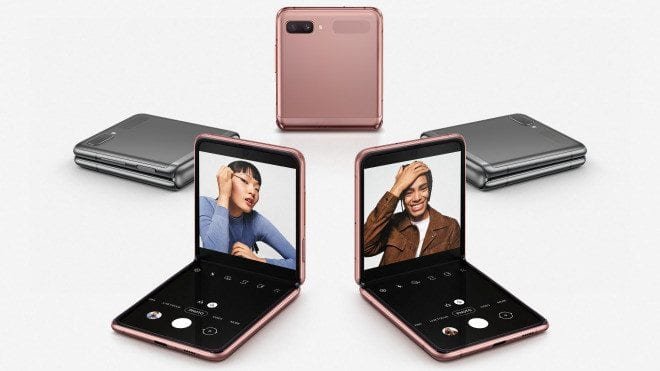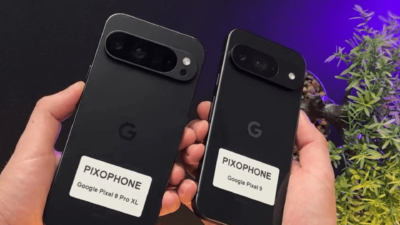Samsung Galaxy Z Flip Upgraded To 5G

The Samsung Galaxy Z flip with its vertically foldable folding display is now upgraded to the latest technology with 5G support.
The Samsung Galaxy Z Flip 5G changes little externally compared to its predecessor. Apart from the new color variations called “Mystic Bronze” and “Mystic Gray“, which you will also find on the Galaxy Note 20, the changes are mainly made under the hood. However, the focus is still on the 6.7-inch foldable OLED display, which can be folded “upright” and is made of flexible materials.
The display is called Infinity Flex and is kept in a very stretched 21.9: 9 format. The resolution is again at 2636 x 1080 pixels and ensures a pixel density of 425 pixels per inch. On the upper lid, there is also the small, horizontally arranged 1.1-inch display based on AMOLED, which again has a resolution of 300 x 112 pixels. It is used again for displaying notifications and as a camera viewfinder for certain photos.
Latest high-end processor with 5G under the hood
The most important innovation is the Qualcomm Snapdragon 865 Plus processor inside. The high-end chip achieves a maximum clock rate of 3.09 gigahertz and is installed together with the Snapdragon X55 5G modem. The previous year was still using the Snapdragon 855 Plus from last year, although you had to do without 5G support.
The working memory of the Galaxy Z Flip 5G is always eight gigabytes in size, while the internal flash memory with 256 GB is also generously dimensioned, but cannot be expanded. Apart from that, a two-part 3300mAh battery is installed, so Samsung does not increase the power storage despite the new platform and the energy-hungry 5G modem. In addition to Sub-6 GHz networks based on the 5G standard, radio is also used here via LTE Advanced, NFC, WiFi 6, or Bluetooth 5.0 LE. Of course, there is also dual GPS support and the option to supply the battery with energy via wireless charging. The customer can either use an eSIM or the nano-SIM slot.
The cameras also remain unchanged, so that Samsung continues to use the main camera with a 12-megapixel sensor and 1.4-micron sensor pixels, which can capture a lot of light thanks to a maximum f/1.8 aperture. The well-known 10-megapixel front camera with autofocus is located on the top of the display. Apart from that, Samsung has made some software improvements and reinstalled Android 10 with the current Samsung One UI 2.1.
Digital marketing enthusiast and industry professional in Digital technologies, Technology News, Mobile phones, software, gadgets with vast experience in the tech industry, I have a keen interest in technology, News breaking.











